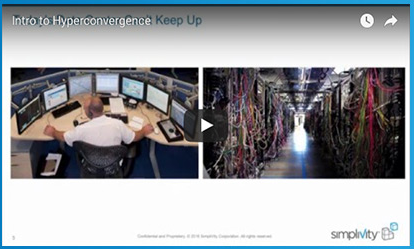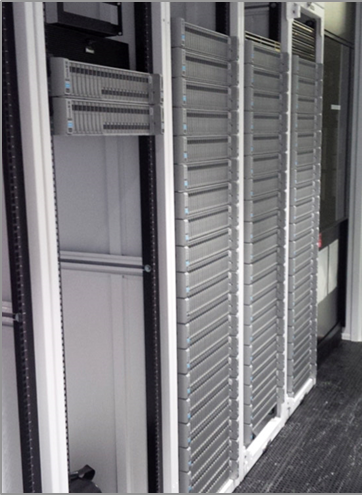Menu
- 130 King Street West, Suite 1800
- P.O. Box 427
- Toronto, ON, Canada M5X 1E3
- (416) 865-3392
- info@triparagon.com
Refreshing your IT Virtual Infrastructure
An aging IT infrastructure can lead to greater maintenance costs, increased downtime, out of support software and a skill set shortage in the marketplace. Companies have typically operated on a 3 to 5 year server and storage refresh cycle to address the problems associated with an aging IT infrastructure. Before undertaking an infrastructure refresh it is important to understand the business benefits, the costs and most importantly the business risks of undertaking a technology refresh. Keep in mind you may have to purchase some automated tools to support the migration of the data and the applications. Having a good understanding of these factors are paramount to a successful refresh program.
Organizations often view a technology refresh program as a costly exercise when, in fact, it can lead to lower OPEX costs, the opportunity to consolidate thus reducing data center costs, and enhances the organization’s ability to innovate and develop new products, services, and processes a must for survival in the global market place of today. It also offers an opportunity to standardize diverse technology components into standard ones which results in reduced operational support costs. The timing for a refresh project depends on the business circumstances of the organization. In most cases, a technology refresh will in fact reduce overall costs of equipment and data center operations and significantly improve effectiveness.
The 6 top reasons to consider an infrastructure upgrade :
To address these rising costs, performance issues and the technology currency issue, it is time to transform your virtual environment to a Simplivity Hyperconverged solution.
A Simplivity Hyperconverged solution can reduce IT costs and streamline operations achieving a 73% TCO savings compared to traditional IT infrastructure and up to a 49% TCO savings compared to AWS. It improves agility and reduces time to production which is critical when the business releases new products or services as time to market is critical. It also maximizes uptime as well as preventing data loss. According to the Forrester Research study “The Total Economic Impact™ Of SimpliVity Hyperconverged Infrastructure” the Simplivity solution achieves a 10:1 device reduction and lowers upfront costs, reduces energy consumption, eliminates OPEX and avoids endless refresh cycles. Over half of Simplivity’s customers (57%) benefitted from an average of 53% increase in staff productivity.
Data Center Before Hyperconvergence

Data Center After Hyperconvergence

Hyperconverged infrastructure is the fastest growing segment in IT. However, not all hyperconverged infrastructure solutions are the same. TechTarget has done the hard work for you and compared different vendor products to see how they stack up.

The purpose of to the Forrester Research study “The Total Economic Impact™ Of SimpliVity Hyperconverged Infrastructure” is to provide readers with a framework to evaluate the potential financial impact of hyperconvergence solutions by SimpliVity. Prior to SimpliVity, the organizations faced expensive upgrades to their existing server and storage infrastructure, increasing complexity to keep up with best practices for backup/recovery and disaster recovery, and rapidly growing virtual desktop infrastructure (VDI) deployments.
After implementing SimpliVity, the organizations retired VM hosts and traditional storage siloes and replaced them with SimpliVity hyperconverged infrastructure systems. By retiring the assets, the organizations saved on system upgrades, system leases, professional services, and data center real estate. In addition, the backup administrators avoided several hours of verifying backups and correcting errors every day. The IT manager at a financial services firm told Forrester, “I’m able to spend more time finding better solutions for the business instead of spending it on day-to-day maintenance.”
In summary, Hyperconvergence Lives Up To the Promise. Unlike many other technologies, hyperconverged infrastructure appears to be largely living up to the hype and expectations based on respondents’ reaction to what they expect to see versus what they’re actually seeing. The alignment isn’t perfect, but there is relatively little separation between expectations and reality. Oftentimes, over-hyped technology fails to meet expectations. It doesn’t appear that hyperconverged infrastructure qualifies as such.